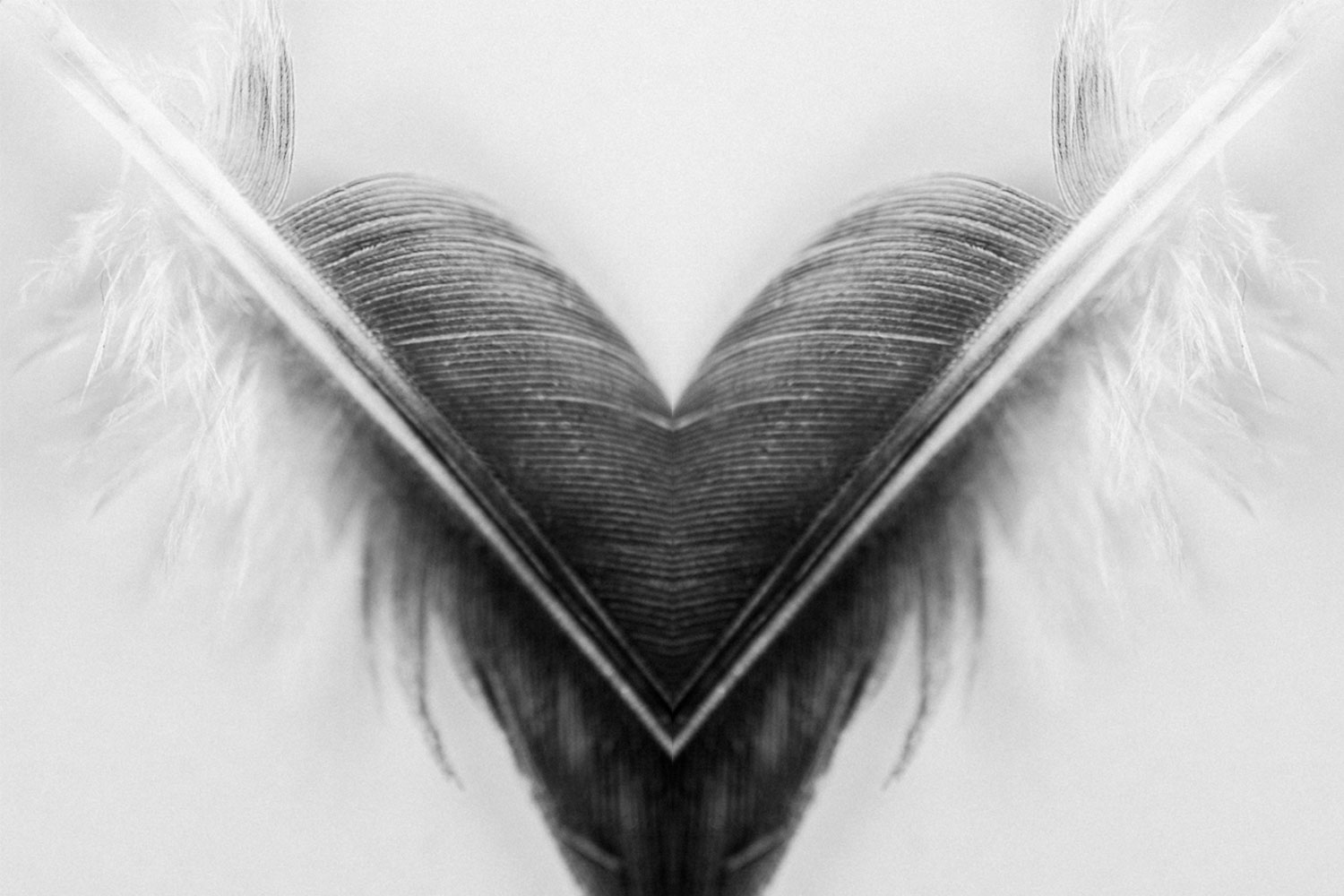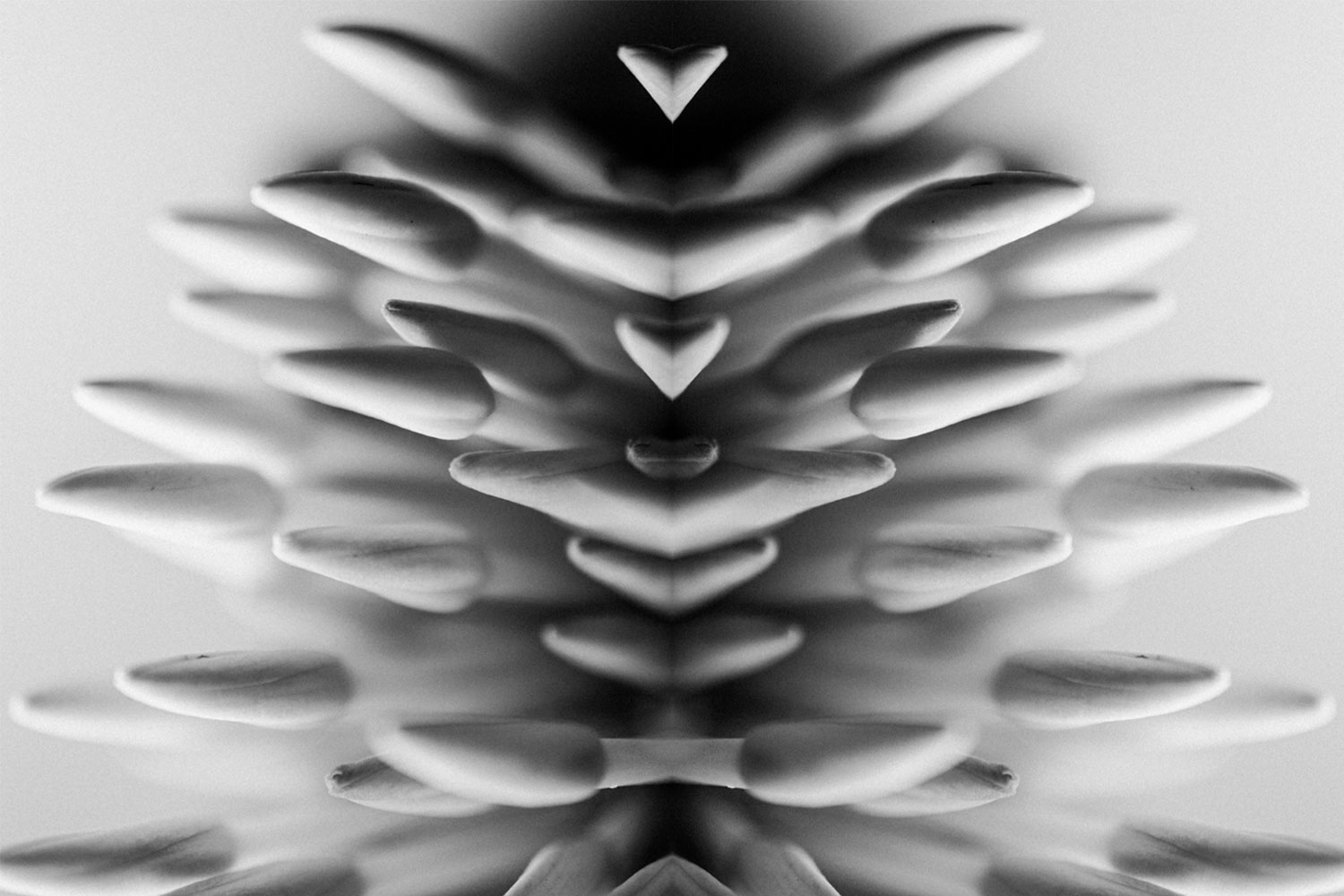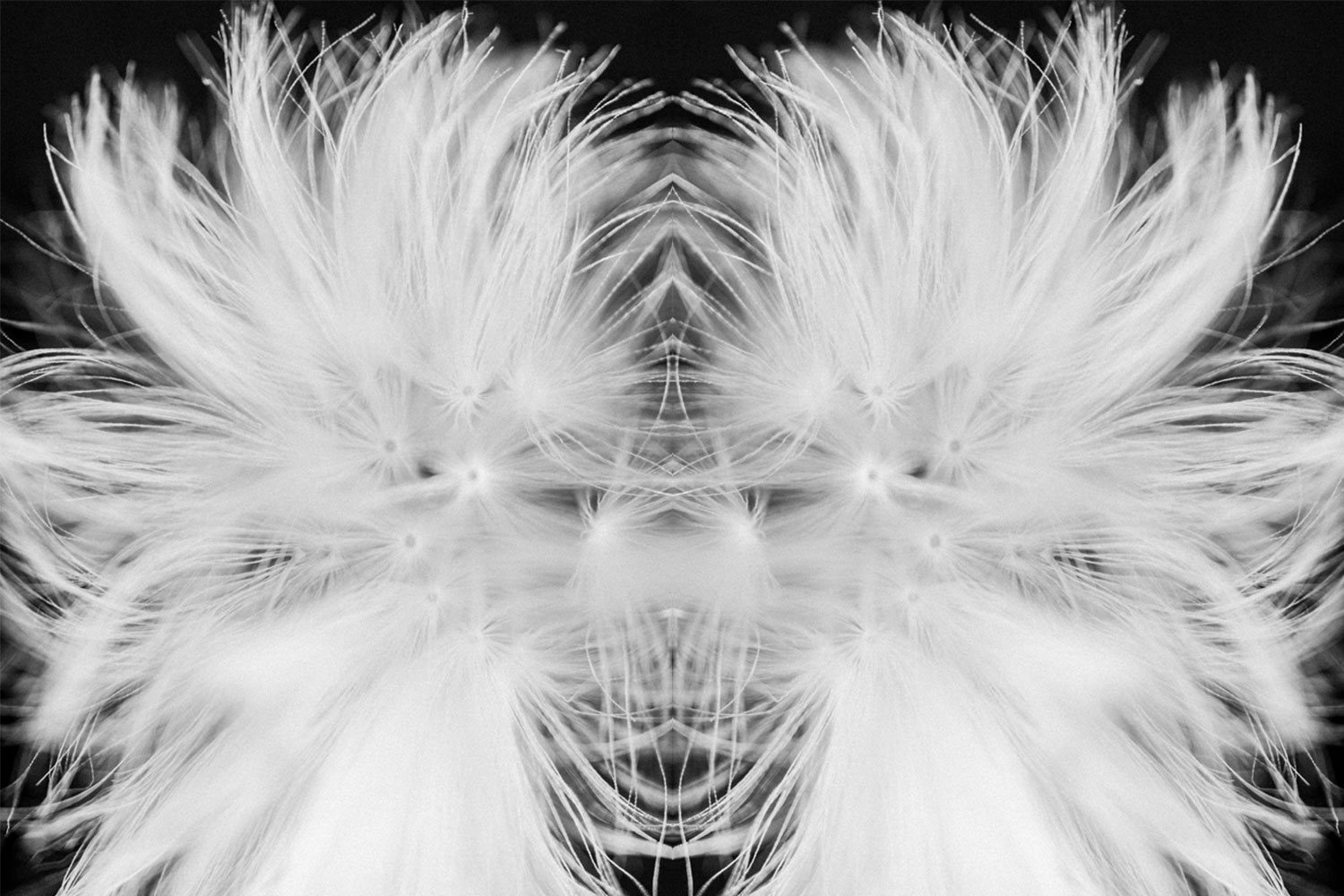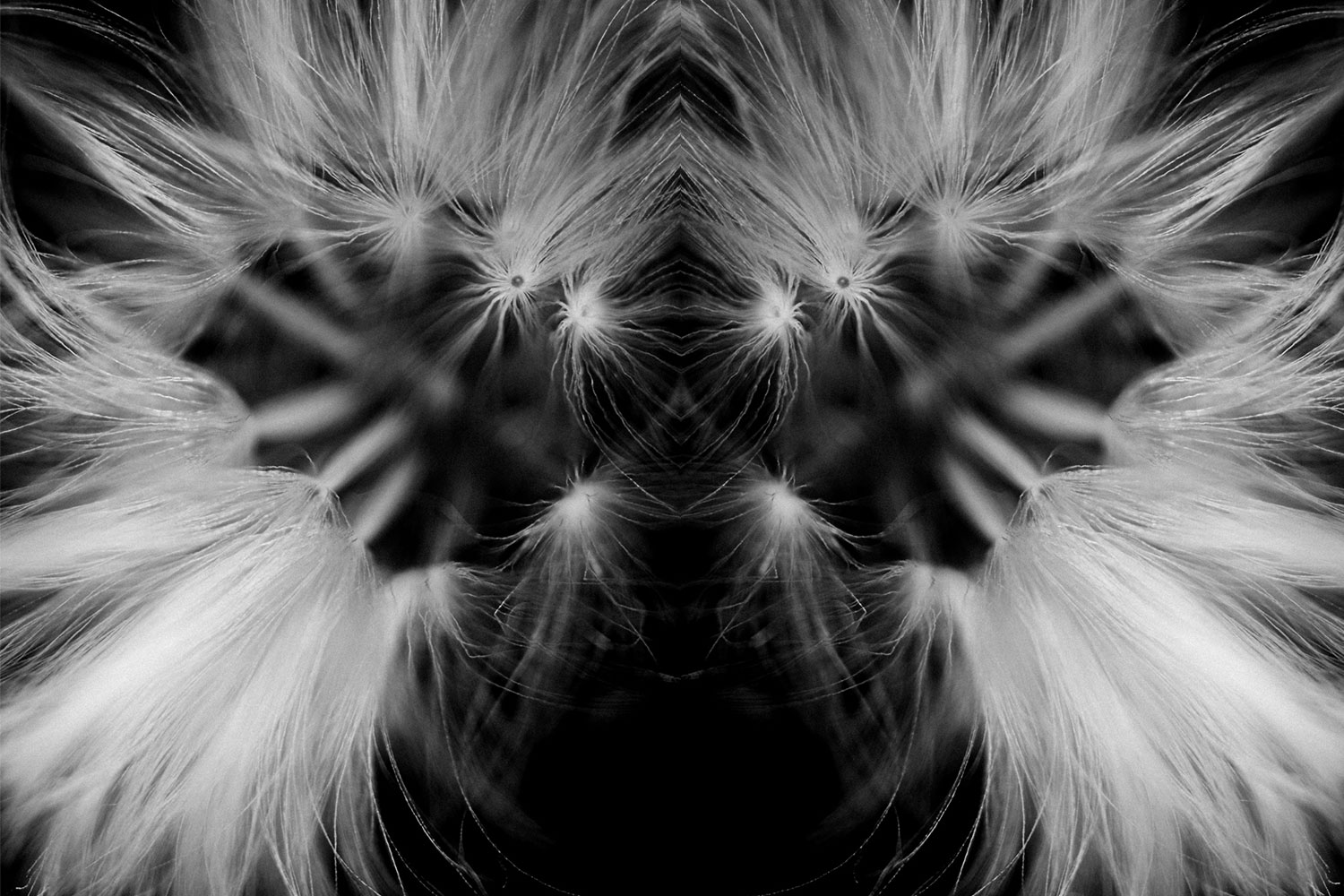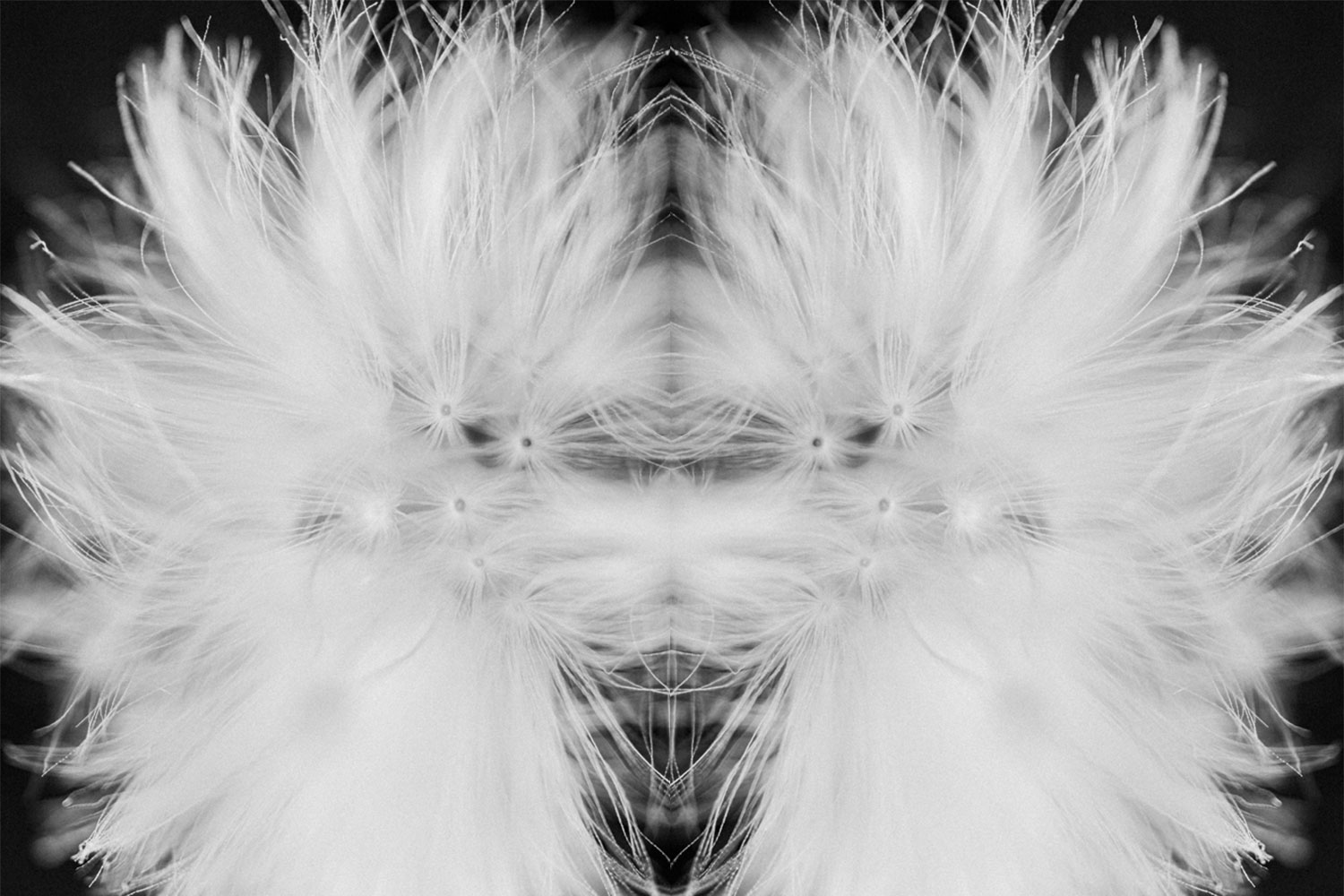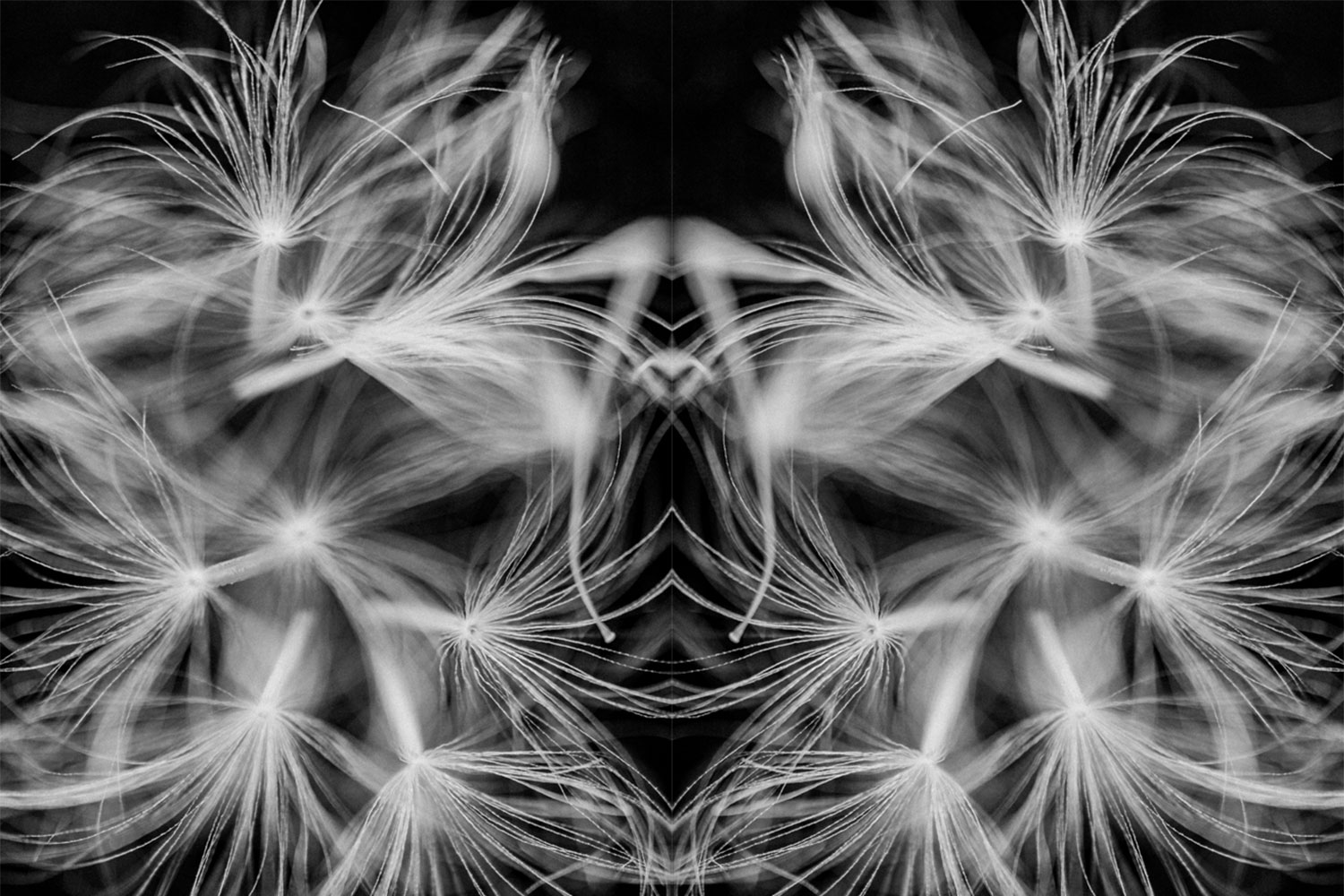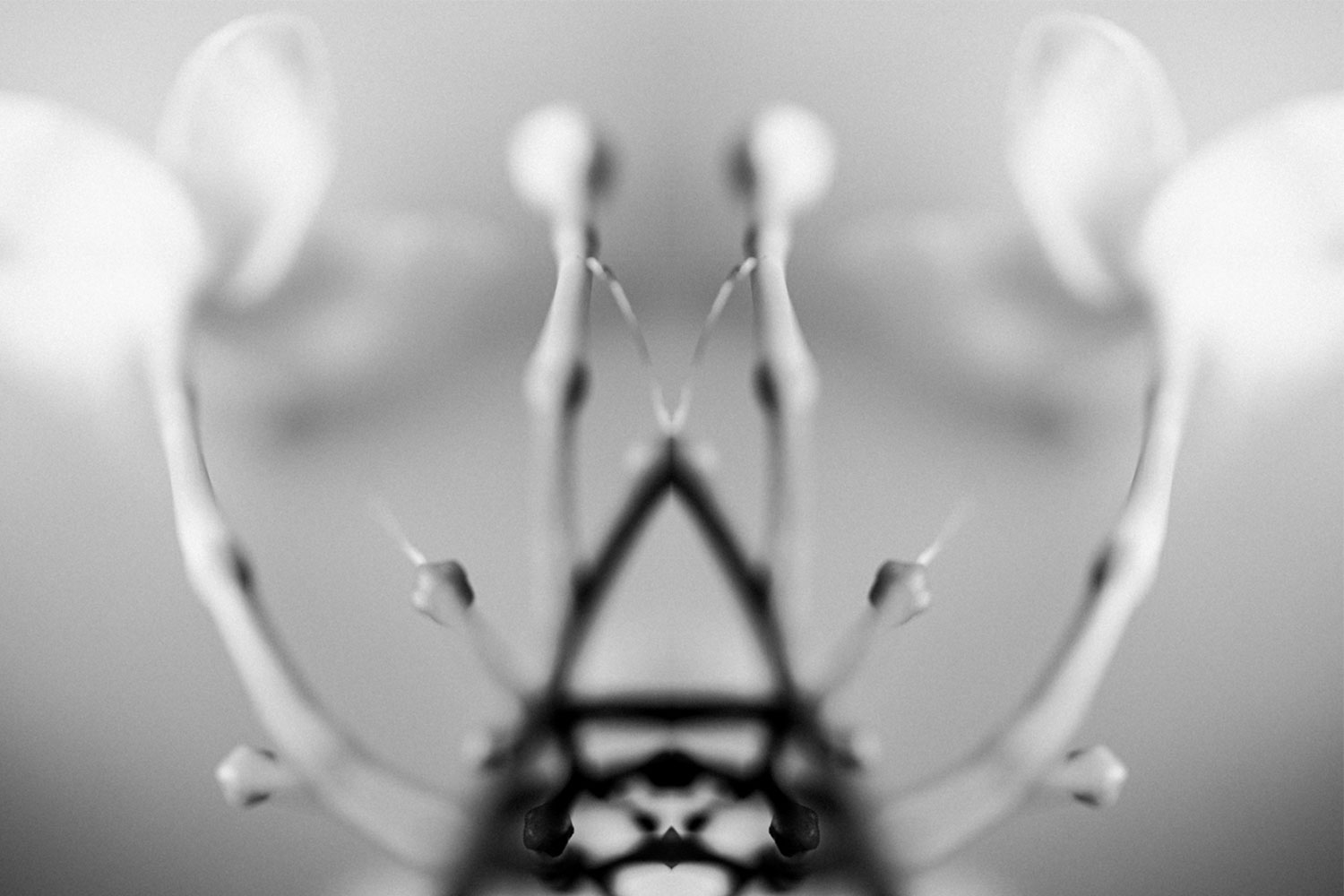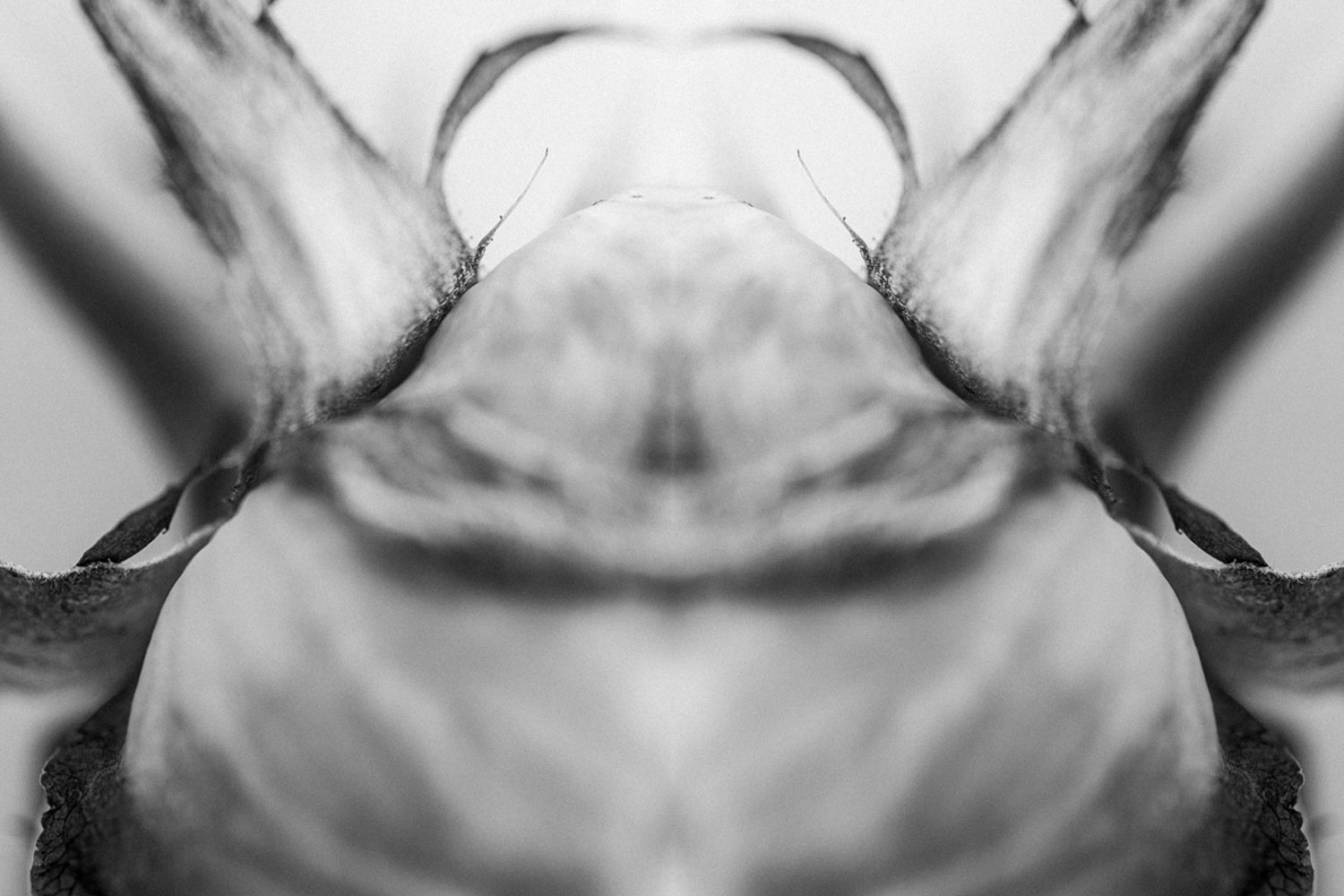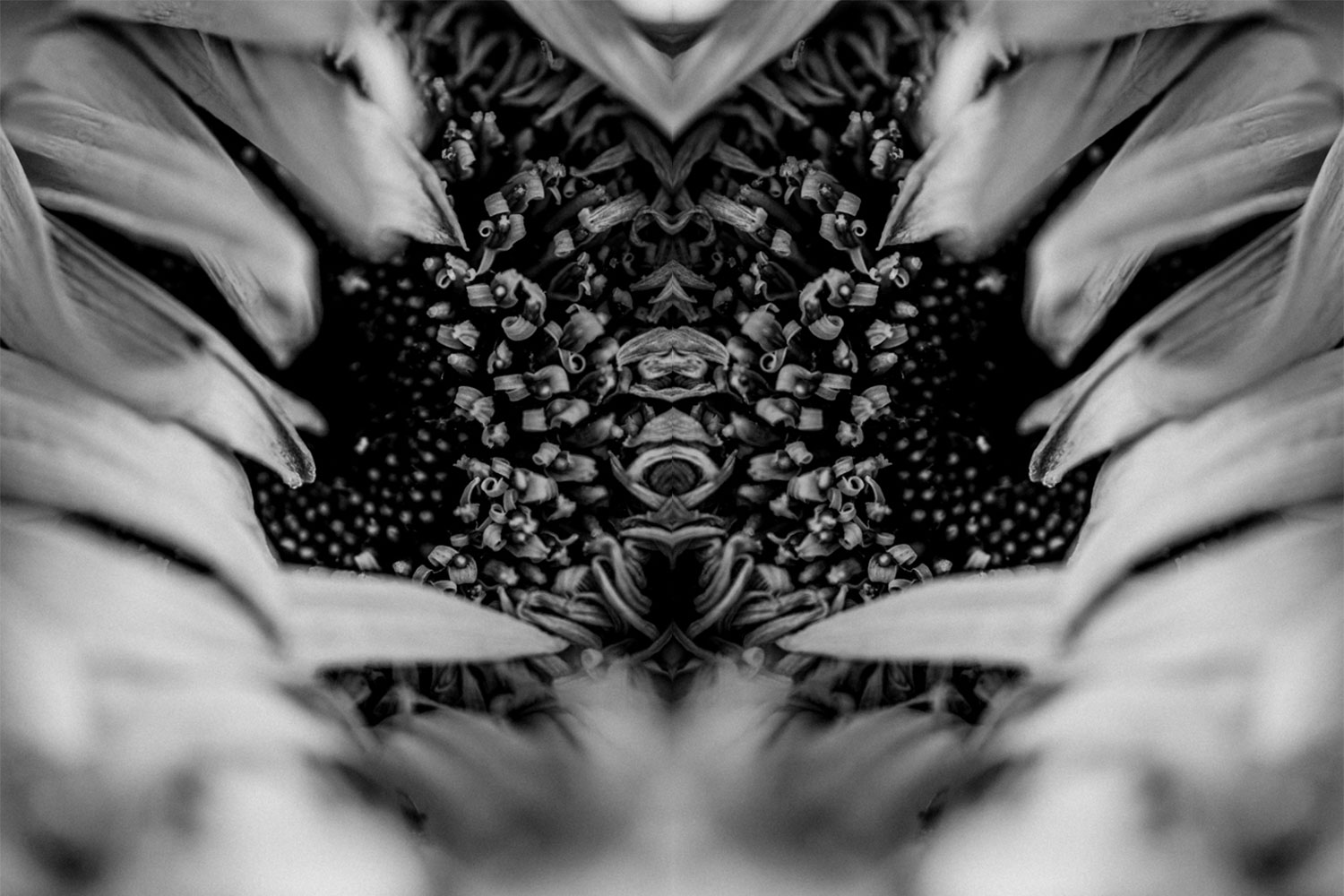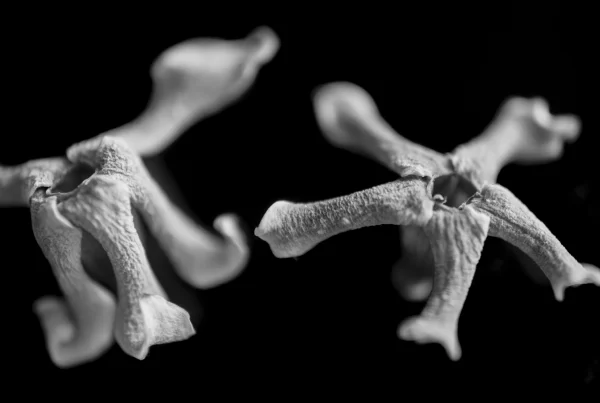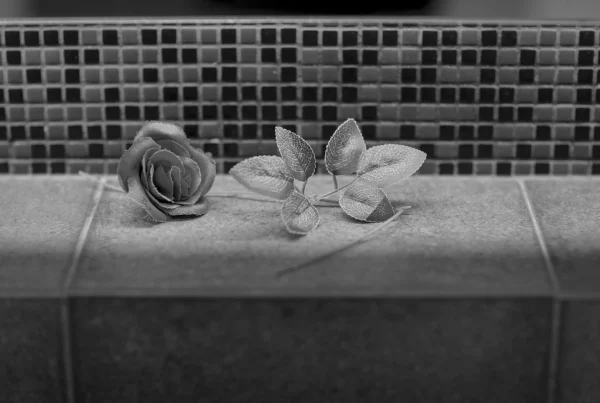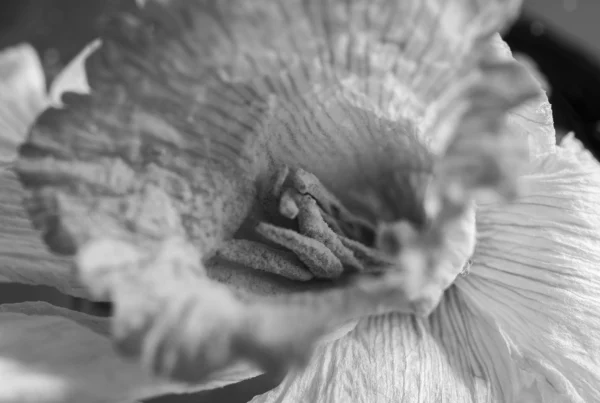Pareidolia Effect Imagery
As a child, I spent countless hours mesmerised by a simple toy kaleidoscope. That early fascination with patterns and shapes stayed with me and inspired the experimentation behind this selection of pareidolia effect imagery. While my goal was to create kaleidoscope patterns, the result turned out differently – but in a way that I find intriguing. These black-and-white images reveal the playfulness of perception. So, when you look at the photos below, what do you see?
What is Pareidolia?
According to the Merriam-Webster Dictionary, pareidolia is defined as “the tendency to perceive a specific, often meaningful image in a random or ambiguous visual pattern.” This natural human tendency drives the essence of these images, prompting viewers to see faces or familiar shapes in abstract forms.
Workflow Process
Here’s how I create pareidolia effect imagery from scratch:
- Choose a subject from my collection of ‘found’ objects.
- Study the subject closely, imagining the potential end result.
- Photograph the subject while considering composition, focal point, lighting, and depth of field.
- Process and convert the images to black and white
- Take screenshots of the photos most interesting shots.
- Flip and mirror the screenshots to create new visual patterns.
- Finalise the selection and present the mirrored photos.
And just like that, the process is complete!
For more pareidolia-inspired black-and-white photographs, click here.
